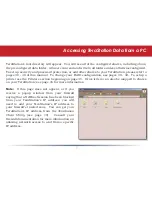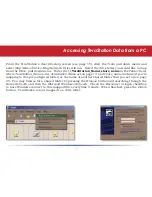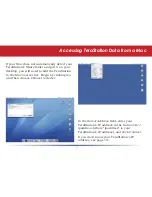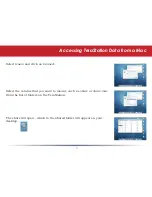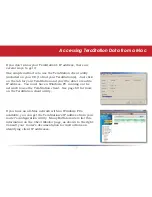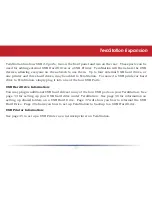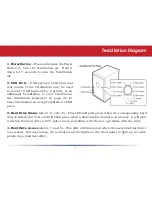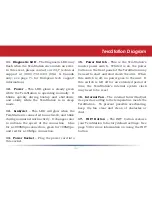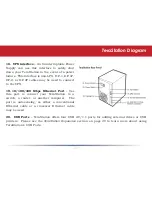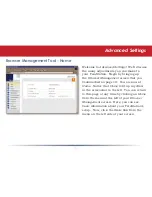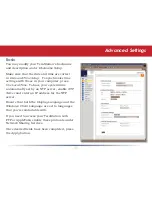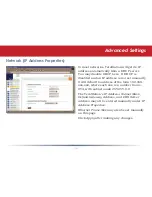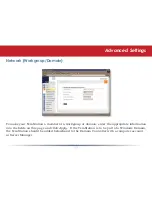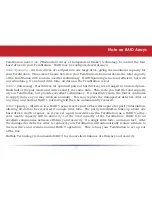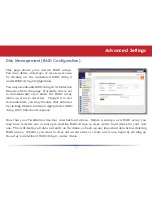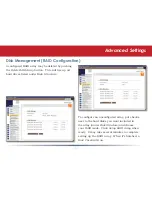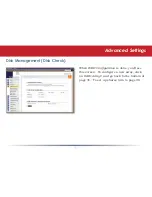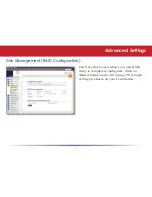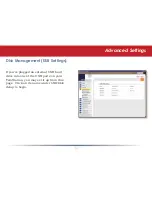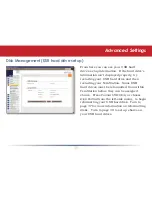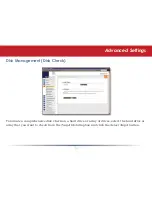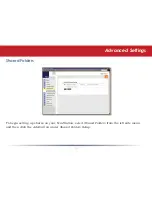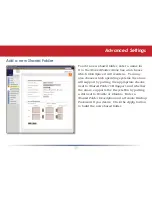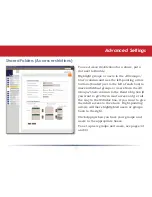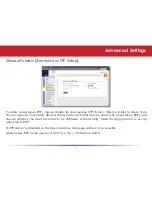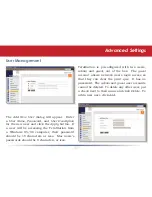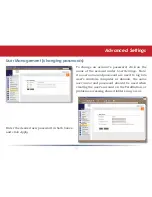
TeraStation.uses.
RAID
(“Redundant Array of Independent Disks”) technology to control the four
hard drives in your TeraStation. RAID may be configured several ways:
RAID Spanning
- All four drives are striped into one large drive, giving the maximum capacity for
your TeraStation. This size is the one listed on your TeraStation’s box and shows the total capacity
of the TeraStation with no data used for redundancy. RAID Spanning is fast and efficient, but with
no redundancy, if one hard drive fails, all data on the TeraStation is lost.
RAID 1
(mirroring) - Hard drives (or spanned pairs of hard drives) are arranged in mirrored pairs.
Each half of the pair reads and writes exactly the same data. This costs you half the total capacity
of your TeraStation, but provides excellent redundancy. If a hard drive fails, the mirror continues
to supply data, so you may work on normally. You may replace the damaged or defective drive at
any time, and normal RAID 1 mirroring will then be automatically restored.
RAID 5
(parity) - All drives in a RAID 5 array reserve part of their data space for parity information,
allowing all data to be recovered if a single drive fails. The parity information takes up about one
hard drive’s worth of space, so if you set up all four drives in the TeraStation as a RAID 5 array,
your usable capacity will be about 3/4 of the total capacity of the TeraStation. RAID 5 is an
excellent compromise between efficiency and security. If a single drive fails, no data is lost. After
the damaged or defective drive is replaced, your TeraStation will automatically restore all data to
the new drive and resume normal RAID 5 operation. This is how your TeraStation is set up out
of the box.
Buffalo Technology recommends
RAID 5
for its excellent balance of efficiency and security.
Note on RAID Arrays

